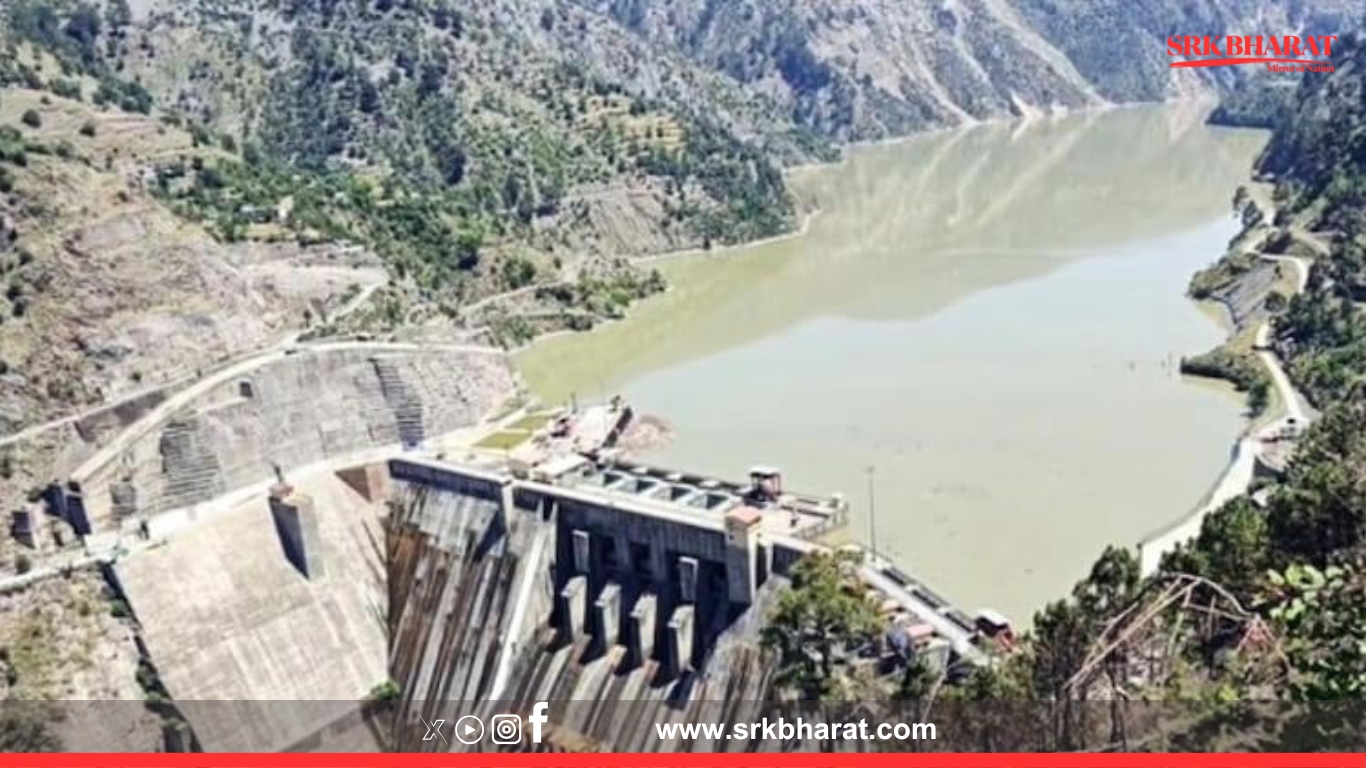In a significant move following the Pahalgam terror attack, India has initiated sediment flushing operations at the Salal and Baglihar dams on the Chenab River in Jammu and Kashmir. This marks the first time such an operation has been conducted since the dams were built, as it was previously restricted under the Indus Waters Treaty (IWT).
Why Is This Significant?
Reservoir flushing involves nearly emptying a dam to expel sediment, which helps restore power generation efficiency and reduces turbine damage. However, this process results in a temporary but significant release of water downstream, which typically requires prior notification under the IWT. India’s decision to proceed without informing Pakistan is being seen as a strategic shift in its water management policies.
Impact on Pakistan
While the Salal and Baglihar dams are run-of-the-river projects with limited storage, unpredictability in water release could disrupt Pakistan’s sowing cycles, canal management, and flood planning. Nearly 80% of Pakistan’s farmland relies on Indus basin waters, and repeated operations could reduce water flows during dry seasons, affecting power generation at key dams like Tarbela and Mangla.
Indus Waters Treaty in Abeyance
India has formally put the Indus Waters Treaty in abeyance through a diplomatic note, a move without precedent in its 64-year history. Officials cited Pakistan’s inaction on cross-border terror as a key reason for reasserting control over Himalayan water projects.
Pakistan has warned that any attempt to divert or restrict its share of water will be treated as an “act of war”, setting the stage for legal and diplomatic escalation at international platforms.
Stay tuned for further updates on this developing situation.











